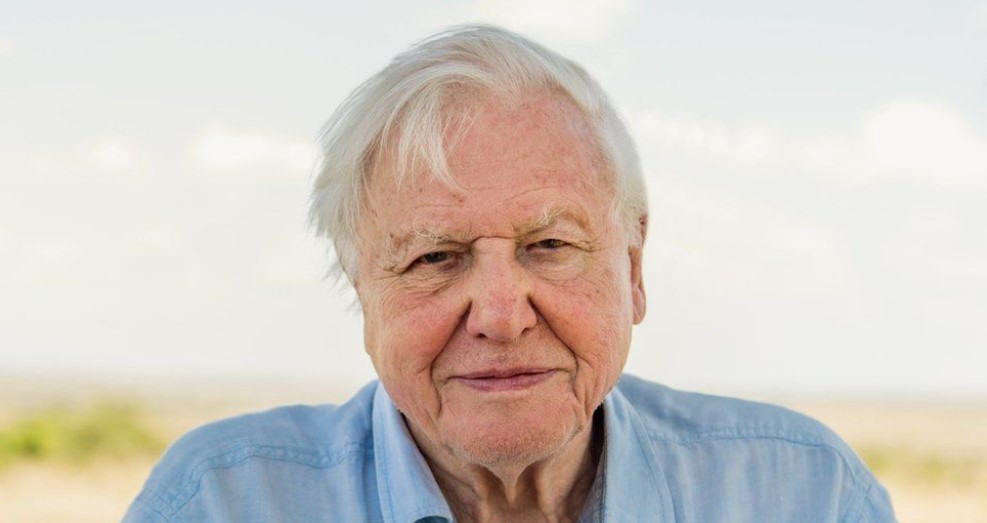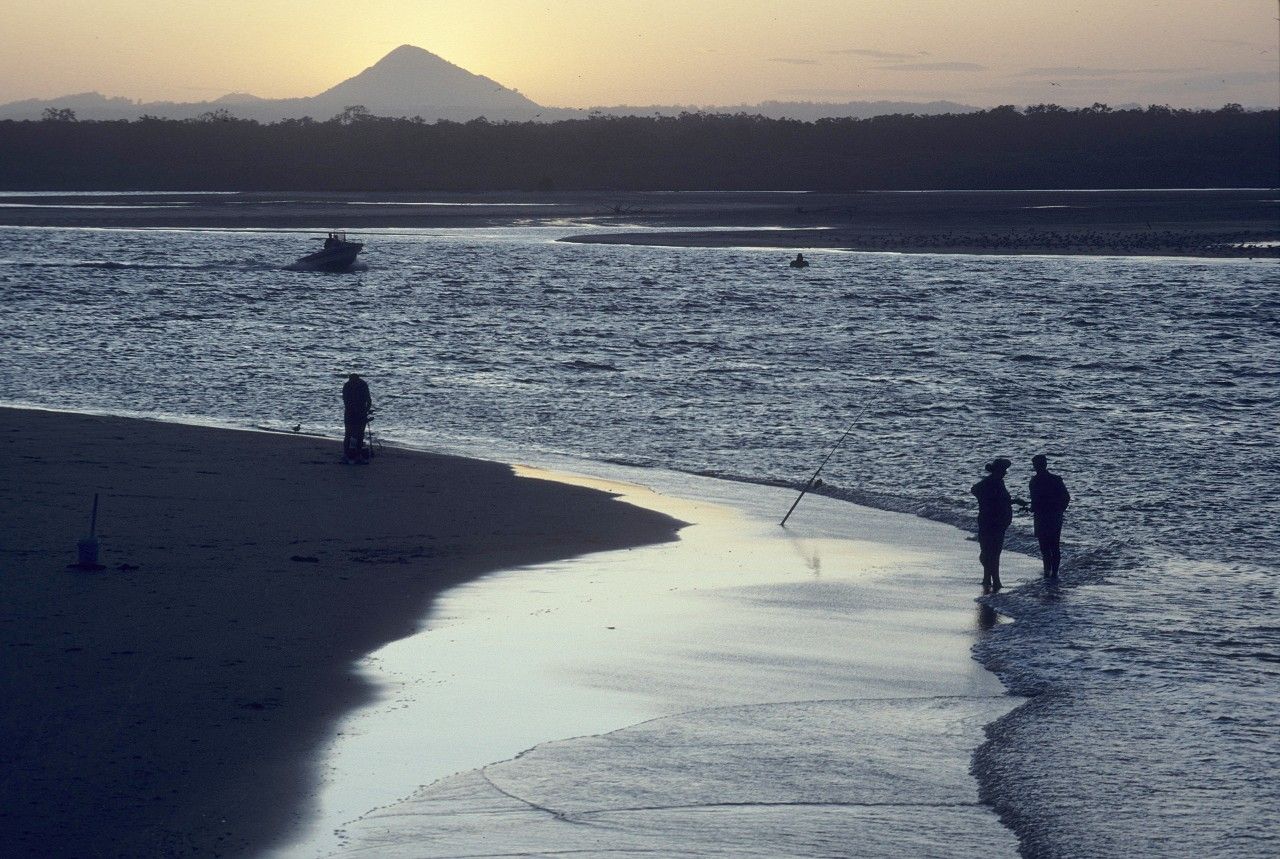We publish this account by Deputy Mayor Frank Wilkie explaining why he supported the Oyster Reef project for Noosa River in both the previous Council and in the current council this month.
World renowned naturalist and documentary maker, Sir David Attenborough famously asks, how could we look our grandchildren in the eye and say we knew what was happening to our world and did nothing?

Sir David may be surprised to see here today that not only are some custodians wanting to do nothing, they’re actively trying to stop others from doing something.
This motion gives all councillors a crystal-clear choice between what regrettably appears to be an attempt at undermining, or support for an evidence based, science backed Noosa River health partnership that brings $2.4 million in external investment, Kabi Kabi involvement and jobs, in a project that preserves Noosa’s practice and reputation for responsible natural asset management.
Sir David has consistently urged communities and all levels of government to do everything in their power to address the decline in our life-sustaining ecosystems and biodiversity.
He also advises that by an innovative, evidence-based, science-backed approach, we can help restore the balance. Or not.
That’s our choice as responsible custodians today.
We know that as forests clean the air and provide habitat for land-based animals, oyster reefs clarify the water and provide habitat for marine creatures, improving water quality, enriching marine biodiversity.
The report by Dr Ruth Thurstan of the University of Queensland showed oyster reefs were once abundant throughout the Noosa River system, as were vastly greater numbers of fish.
The Seagrass Survey shows that in our lifetime between 1987 to 2020 the decline in Noosa River’s seagrass has been up to 100 percent in some areas.
The economic, environmental and socio-cultural benefits of restoration projects are so apparent that all three levels of government are working with The Nature Conservancy to this end.
This collaboration also has achieved what we have heard many calling for; the involvement of traditional owners, the Kabi Kabi.
The responsible course today is to honour the partnership and respect this collaborative project involving our traditional owners, all three levels of government, a world leading conservation organisation, local businesses, community groups, Noosa Environmental Education Hub, philanthropic contributions, universities, recreational fishing group OZFISH and the Bribie Island Research Centre.
As we heard at Tuesday’s committee meeting, draft approvals from the State are already being circulated. The advice now is that the reefs could be in by September.
Pages 11-18 of the six-monthly report list the 33 or more project milestones. Almost all of them have been achieved or are on track with only about four on hold or delayed. This is due to the complexity of issuing permits for something that’s never been done in a river system before.
We know that The Nature Conservancy have delivered on all the elements of this partnership within their control to achieve.
We await final permit sign off from the state and the advice is that approval is imminent. There’s no valid reason to disrespect these partnerships, damage Noosa’s reputation by actively trying to kill off this opportunity and not follow through.
This professionally run program also does what we hear a lot of rhetoric about, seeking co-contribution and philanthropic investment. The Nature Conservancy is injecting $1.2million into improving the Noosa River system and has attracted another $1.2M for Noosa from the Federal Government’s Reef Builder program.
The Federal Government granted $20 million to the Nature Conservancy to help restore oyster reefs around Australia, including in Noosa, because they understand these projects strengthen communities and economies while protecting biodiversity.
Noosa is one of at least 11 coastal communities – from south-east Queensland right around Australia’s southern coastline to Perth in Western Australia where the TNC are doing such work.
During reef building, a variety of jobs are created, ranging from barge operators, to truck drivers, to shellfish growers and divers. After construction, the reefs provide shared long-term benefits such as cleaner water and more fish habitat and numbers.
The Nature Conservancy have the stated aim of rebuilding 60 reefs across southern Australia. 11 projects have been reported to be completed or nearly completed so far.
Today is a day when councillors demonstrate by show of hands who among us really means it when we say “we support three levels of government working together”, that we want to “create jobs”, that “we support evidence-based, science backed decision-making”, “initiatives that involve local businesses”.
Voting today will show who genuinely “seeks and respects engagement with our traditional owners”, who supports the work done by Dahlia Mikhail’s Noosa Environmental Education Hub in our schools, who genuinely wants meaningful partnerships with universities and community groups, and who wants to help restore and enrich our natural assets.
It’s an opportunity to show that we value the involvement of other agencies like the Bribie Island Research Centre and OZfish who represent the interests of recreational fishers, that we value projects that triple the funds invested by Noosa ratepayers, AND That we will take every opportunity to fulfil our obligations to improve our natural assets for future generations.
Sir David advises “We are at a unique stage in our history. Never before have we had such an awareness of what we are doing to the planet, and never before have we had the power to do something about that. Surely we all have a responsibility…. The future… now depends on us.”
Frank Wilkie. Deputy Mayor of Noosa.

